Category: Orthopedics
-
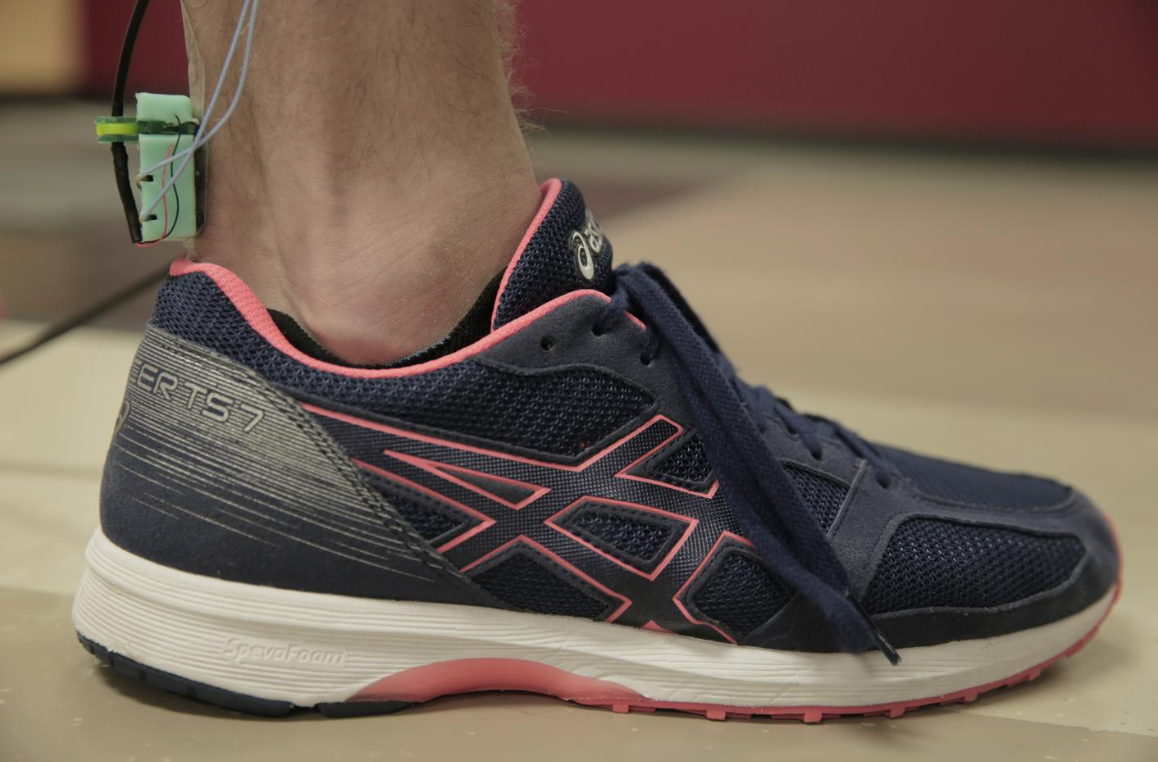
Muscle-force measuring wearable
University of Wisconsin’s Darryl Thelen and Jack Martin have developed a noninvasive approach to measuring tendon tension while a person is active. Current wearables can measure movement, but not muscle force. The technology provides insight into motor control and human movement mechanics, and can be applied in orthopedics, rehabilitation, ergonomics, and sports. The device is mounted…
-

GSK/Verily “biolectronic medicine” partnership for disease management
Galvani Biolectronics is a Verily/GSK company, created to accelerate the research, development and commercialization of bioelectronic medicines. The goal is to find solutions to manage chronic diseases, such as arthritis, diabetes, and asthma, using miniaturized electronics. Implanted devices would modify electrical signals that pass along nerves, including irregular impulses that occur in illness. Initial work will…
-
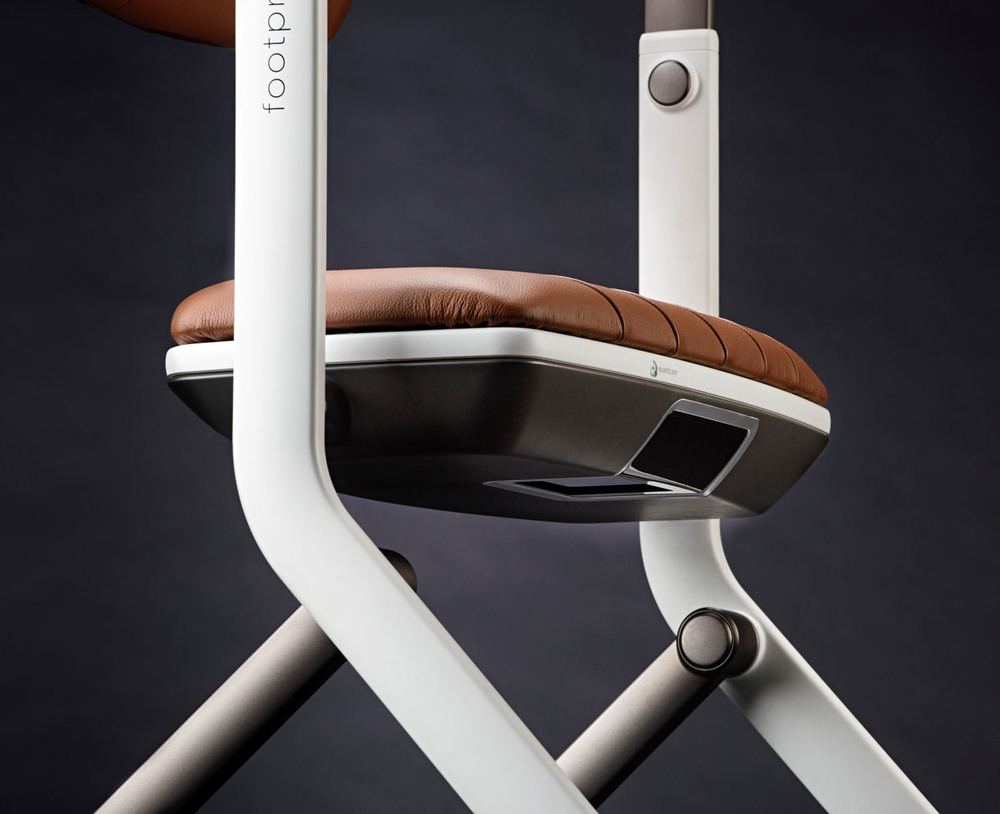
Smart walker monitors gait, assesses falling probability
Footprints by Quanticare is a walker that continuously collects passive and contextual gait data, with the goal of predicting and preventing senior falls. Its computer vision algorithm captures spatio-temporal gait metrics of the user and sends the data to a health care provider. The company claims that the walker could measure an osteoarthritic limp to improve PT protocols, and…
-
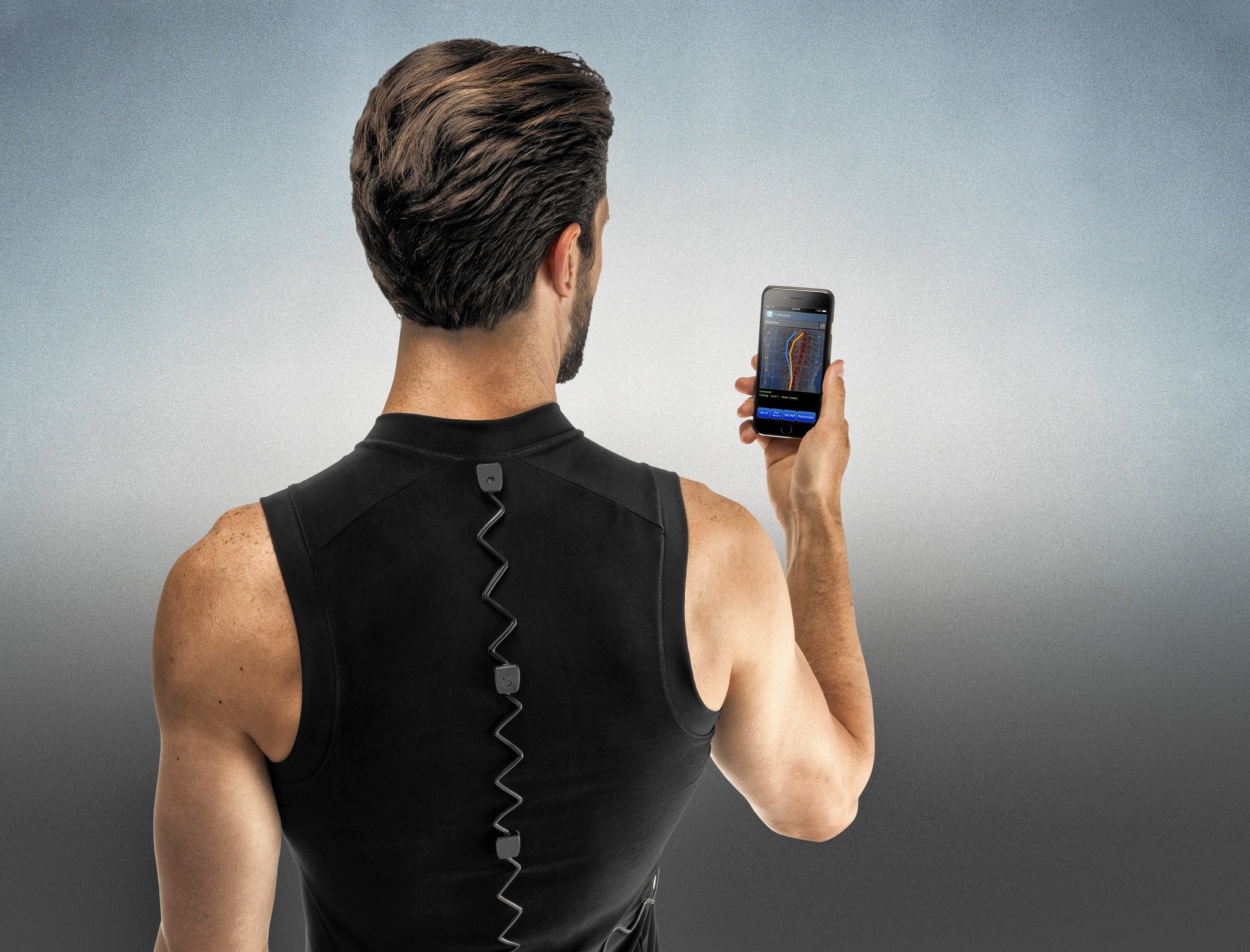
Smart shirt monitors posture, sends correcting alerts
TruPosture is a smart shirt with embedded nanosensors that continuously measure the curvature of one’s spine. It is being crowdfunded on indiegogo. The wearer, and a physical therapist, set a personalized posture goal. When the spine diverges, vibrations are sent as posture reminders. One vibration burst happens when a wearer is leaning too far forward,…
-
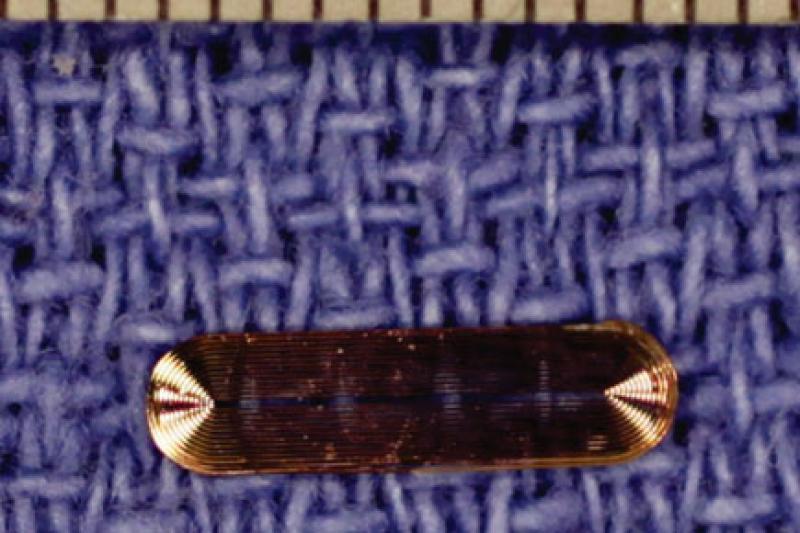
Sensor detects orthopedic implant infections early
RPI‘s Eric Ledet is developing tiny sensors to detect infections in implanted orthopedic prostheses early. Surgical site infections are a common complication and can result in additional surgery, implant removal, delayed wound healing, increased antibiotics, and death. The simple, cheap sensor will be incorporated into the implant during surgery, enabling continuous, non-invasive infection monitoring.
-

Digital PT tool assesses range of motion
Physmodo is disrupting physical therapy, using Microsoft Kinect to assess range of motion. The ADEPT Clinic app senses changes in movement in multiple joints simultaneouly. A manual goniometer can only measure individual joints, and its accuracy depend on the measurer. The developers believe that Physmodo better equips therapists to track recovery, and motivates patients by allowing…
-

Gesture controlled driver’s seat improves ergonomics
The Fraunhofer driver’s seat is adjusted with hand gestures to optimize ergonomics and prevent spinal strain. Pressure responding piezoensors are integrated into the side of the seat to activate the motion controlled system. Seat positions can be stored. Proximity sensors detect changes in electrical fields, as triggered by hand motions. Software interprets the data and determines the hand’s…
-
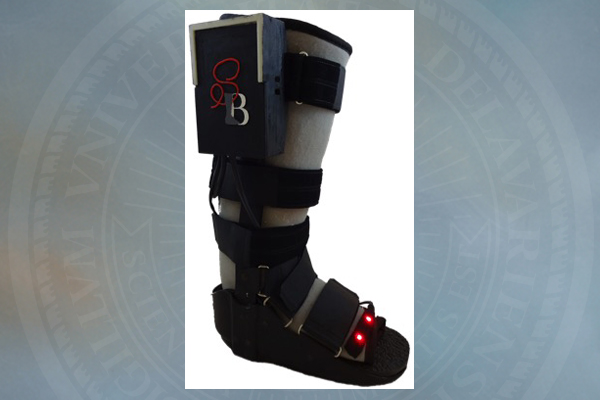
Sensor boot guides bone injury healing
ApplySci blogs about sensor based health innovations. We have seen far too little in the orthopedics space, which remains an area of opportunity. This week we discussed dorsaVi‘s spine injury assessment tool, and today we will describe the “SmartBoot“. Developed by University of Delaware researchers, SmartBoot enables physicians to monitor orthopedic patients as they recover. Users…